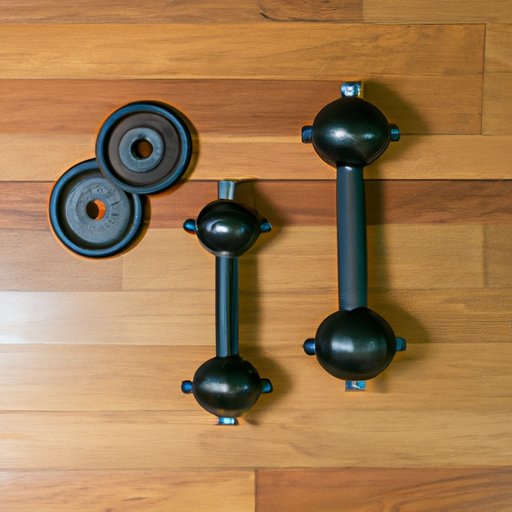
How to Get Strong: The Ultimate Guide
Many people desire to get stronger, whether it’s to increase athletic performance, improve physical appearance, or improve overall health. If you’re one of them, the good news is getting stronger is an achievable goal for anyone.
There are several ways to get strong, including weightlifting, High-Intensity Interval Training (HIIT), bodyweight exercises, proper nutrition, consistency, and rest. In this article, we’ll explore these methods and provide tips on how to implement them.
Lifting Weights
Weightlifting is an effective way to build functional strength. It can help increase muscle mass, improve bone density, boost metabolism, and even enhance cardiovascular health. Compound movements such as squats, deadlifts, bench press, overhead press, and rows are particularly effective for building strength.
Getting started with weightlifting is relatively simple. However, it’s essential to choose a program that aligns with your goals. For beginners, full-body workouts three times a week can be an excellent starting point. When it comes to form, it’s crucial to learn the proper technique to avoid injury. As a beginner, consider working with a personal trainer or a lifting buddy with experience to guide you through proper form and technique.
High-Intensity Interval Training (HIIT)
HIIT is a popular training method that builds both cardiovascular endurance and muscular strength. It involves repeated, short bursts of intense exercise alternated with brief periods of rest. While HIIT workouts can be challenging, they are efficient and can burn more calories than steady-state cardio.
Some popular types of HIIT workouts include sprints, rowing, and biking. To start incorporating HIIT into your workout routine, try adding a 10-15 minute HIIT session at the end of your regular workouts. Over time, you can increase the duration and intensity of HIIT workouts to gradually build strength and endurance.
Bodyweight Exercises
Bodyweight exercises can be done anywhere and are an effective way to build strength and muscle. Since they require no equipment, bodyweight exercises are accessible to anyone and can be used as a supplement to other forms of training.
Some of the most effective bodyweight exercises include push-ups, pull-ups, squats, lunges, and planks. Progressively increasing the difficulty of each exercise can help stimulate muscle growth and prevent a plateau.
If you’re new to bodyweight training, start with basic exercises and gradually increase the number of sets and repetitions. Once you master the basics, try more challenging exercises such as handstand push-ups or pistol squats.
Proper Nutrition
In addition to physical exercise, nutrition plays a crucial role in building strength and muscle. A balanced diet made up of protein, healthy fats, and carbohydrates is essential for supporting growth and recovery.
Protein is critical for repairing and building muscle tissue. Eating protein-rich foods such as chicken, fish, tofu, and nuts can help fuel muscle growth while reducing soreness and fatigue.
Healthy fats are also important in a strength-training diet. They help provide the energy needed to complete challenging workouts and promote proper hormone function, which is critical for muscle growth and strength. Avocado, fatty fish, nuts, and seeds are excellent sources of healthy fats.
Carbohydrates provide the energy needed for physical activity. Quality carbohydrates such as sweet potatoes, oats, quinoa, and brown rice can provide energy for workouts and support recovery and muscle growth. Tracking macronutrient intake with a food diary or app can help ensure your nutrition supports your strength training goals.
Consistency and Rest
A consistent workout routine is critical for building strength and muscle. Over time, the progressive overload principle can help build strength by gradually increasing the weight and intensity of your workouts. However, consistency does not mean working out every day. Adequate rest is necessary to prevent injury and promote recovery.
Rest days allow muscles to recover and grow, which is essential for building strength. Overtraining can lead to injury and slow progress, so it’s important to remember to take time off when needed. Additionally, getting enough sleep can help the body recover and build muscle tissue more efficiently.
Conclusion
In conclusion, getting strong is an achievable goal for anyone. Incorporating weightlifting, HIIT, bodyweight exercises, proper nutrition, consistency, and rest into your routine can help you build functional strength and achieve your goals.
Remember to start slowly and steadily increase the intensity of your workouts over time. Building strength is a journey, and it requires patience and dedication. By following these tips and staying committed to your goals, you’ll be on your way to achieving the strength you desire.





